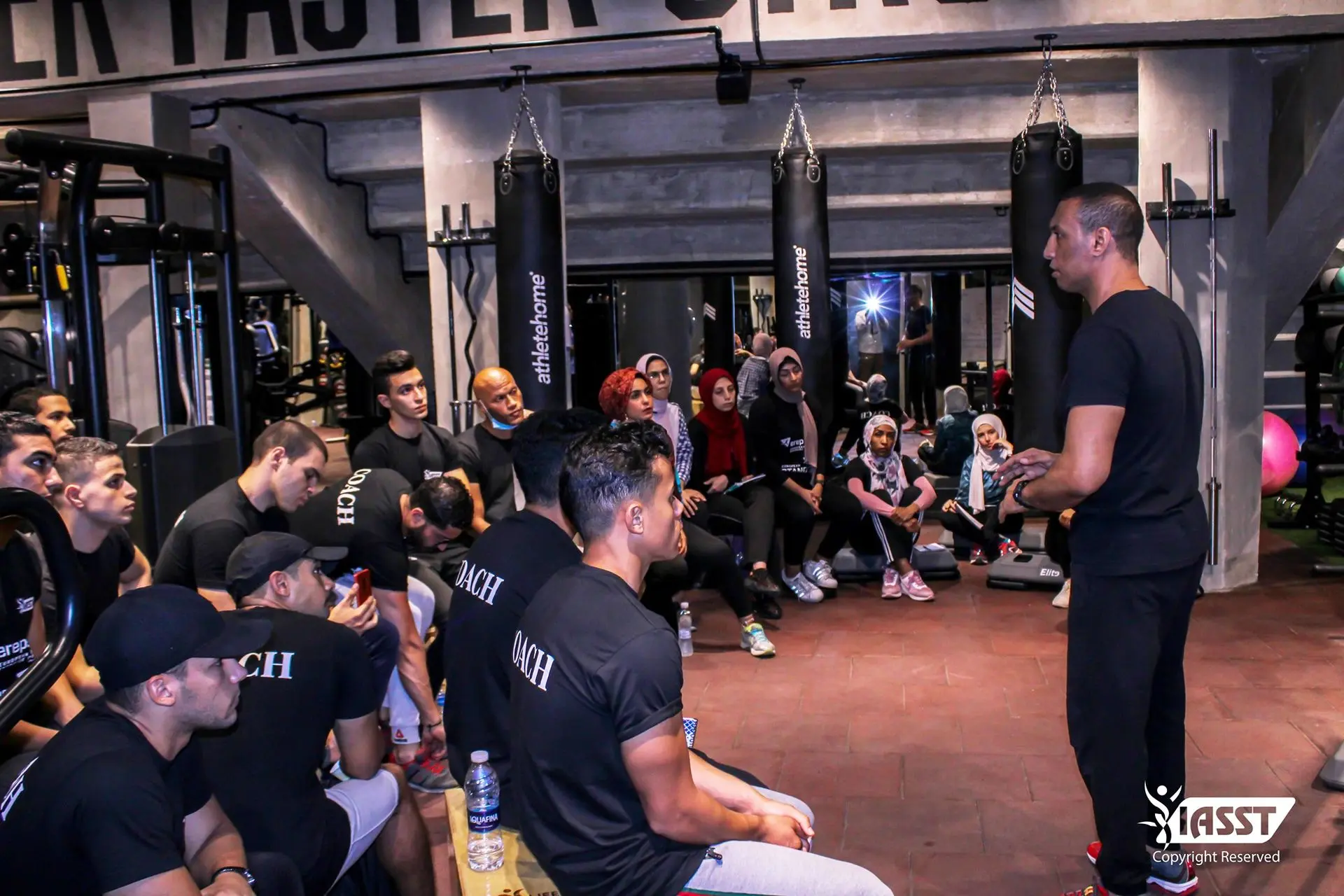Accreditation

EuropeActive
EuropeActive is over 21 years old and registered in Belgium as a not-for-profit organization. EuropeActive is working at EU level to make more Europeans, more active, more often. Proactively follows EU policies and legislation to represent member and stakeholders interests with the main EU institutions, OECD and WHO. The sector serves, over 64 million consumers, generates 28.2 billion euro in revenues and consists of 64,000 facilities. With the aim to get more people, more active, more often.

European Register of Exercise Professionals (EREPS)
Launched in 2007, the European Register of Exercise Professionals (EREPS) is an independent register of instructors, trainers and teachers working in the European health, fitness and physical activity sector. EREPS recognizes the qualifications and skills of exercise professionals and is an important assurance for the public and employers that their instructor or employee holds the appropriate qualifications to perform their role safely and effectively. The EREPS Programme: Provides an independent registration process (sometimes called a “license to practice”) for exercise professionals across Europe which is clearly understandable for operators and consumers; Provides a public register with members published on a website directory; Requires member adherence to an EREPS Code of Ethical Practice defining the rights, responsibilities and principles of being an exercise professional; Supports the professional needs of its members in the interests of professionalizing the European fitness sector

Lifelong Learning Programme (LLP)
The EREPS Lifelong Learning Program (LLP) is designed to support its members wishing to progress and thrive within their sector of professional practice. A commitment to lifelong learning or continued professional development can be seen as having a number of purposes: - keeping up-to-date to ensure safe practice - improving and broadening knowledge and skills - developing personal qualities necessary to execute professional and technical duties EREPS members may attend formal training courses, workshops, engage in online learning, attend industry events or conferences or, read relevant books, journals and articles. Lifelong learning covers all these learning inputs.
EuropeActive Accredited Courses

Official Course Description
The purpose of a personal trainer is to coach clients individually according to their fitness needs, through an agreed exercise/physical activity plan and assist with behavioral change. A personal trainer’s role includes designing, implementing and evaluating exercise/physical activity programs for a range of individual clients by collecting and analyzing client information to ensure the effectiveness of personal exercise programs. A personal trainer should also actively encourage potential clients/members to participate in and adhere to regular exercise/physical activity programs, employing appropriate motivational strategies to achieve this.
The qualified personal trainer will be able to:
- Collect information relating to individual clients
- Carry out fitness assessments to establish client fitness and skill level
- Analyze information relating to individual clients
- Identify, agree and review short, medium and long term goals to ensure the effectiveness of exercise programmes
- Provide a range of exercise programmes in accordance with the needs of the clients by applying principles of exercise programming
- Make best use of the environment in which clients are exercising
- Provide clients with accurate information on the principles of nutrition and weight management
- Develop and applying strategies to motivate clients to join and adhere to an exercise programme
- Deliver good customer service and be a positive role model at all times and keep up to date with industry developments
- Promote healthy activities and related strategies for daily living to clients/members
- Make the appropriate decisions relating to clients and their programmes/goals and, where required, refer the client to a more appropriate professional
- Work within the parameters given at Level 3, recognizing the standards and professional limitations that this provides, referring to appropriate members of staff for guidance and support.

Official Course Description
The purpose of a fitness instructor is to build fitness participation of new and existing members through fitness experiences that meet their needs.
Certified Fitness Instructor course with the International Academy for Sports Science and Technology aims to prepare a fitness Instructor who has a set of information and knowledge about Human body and movement such as biomechanics, physiology and functional anatomy in addition to health concepts, safety, effective communication skills and lifestyle management. All materials according to international standards that qualify him to work individually with clients to achieve their goals of exercising fitness and improve overall their fitness level
The fitness or group fitness instructor should be able to:
- Provide effective and safe fitness instruction
- Promote healthy lifestyle management
- Identify individual motives and resulting short, medium and long-term fitness goals
- Suggest relevant exercise adaptations or options to allow for individual client differences or needs
- Provide participants with advice on intensity and how to progress their individual performance and results
- Observe clients/members at all times and correct unsafe technique
- Display perfect technique at all times (posture, range of motion, control, timing and form)
- Positively interact and motivate clients/members using appropriate strategies in order to promote adherence to exercise.
- Deliver good customer service and be a positive role model at all times
- Promote healthy activities and related strategies for daily living to clients/members (lifestyle management)
- Promote customer referral: invite customers to bring friend and family along and promote their fitness activities in their social environment
- Promote a healthy and clean environment
- Work within the parameters given at Level 3, recognizing the standards and professional limitations that this provides, referring to appropriate members of staff for guidance and support.